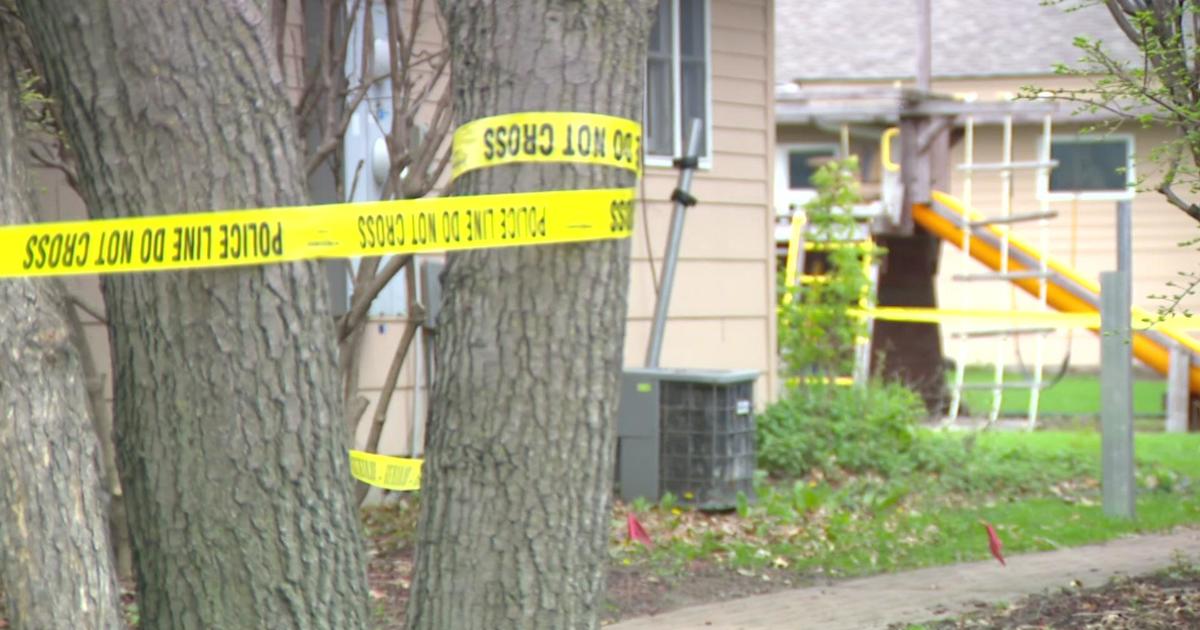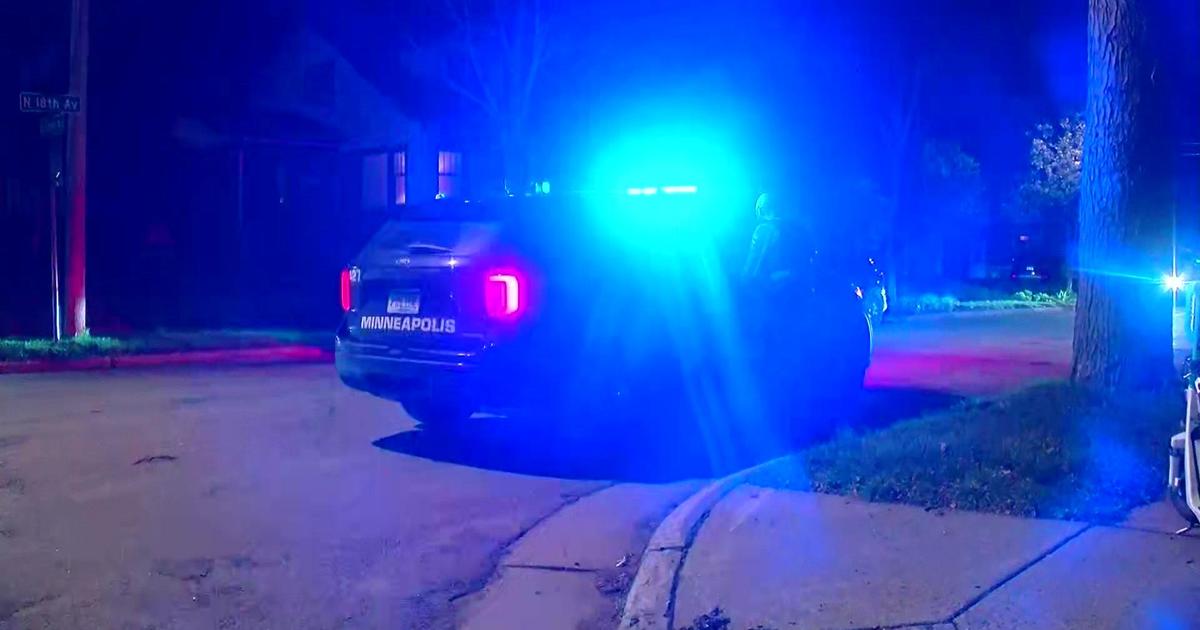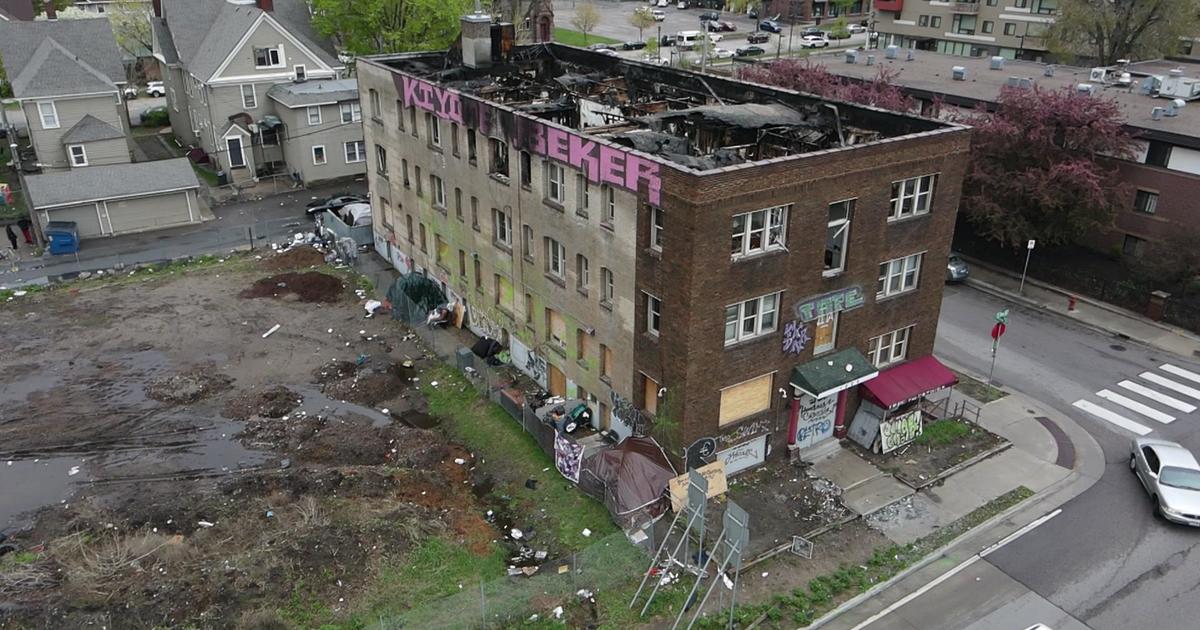More Minnesotans, including children, succumbing to fentanyl-related deaths
MINNEAPOLIS —The fentanyl crisis doesn't discriminate. It touches the youngest Minnesotans and its hold spans across demographics.
Fentanyl poisoning and overdose deaths skyrocketed in the last few years. Some of the victims are children.
It's making headlines in Minnesota. Two charged in the fentanyl-related death of a 17-month-old in Ramsey County. A Maple Plain mother charged with manslaughter after her 6-year-old son chewed on a drug-tainted dollar bill. A 7-year-old in St. Paul dead from fentanyl poisoning. A 1-year-old in Minneapolis.
Every year, calls of kids exposed to fentanyl to Minnesota Poison Center climbs. Dr. Travis Olives is an ER doctor at Hennepin Healthcare. He's also the associate medical director of the Minnesota Poison Control System.
RELATED: WCCO investigates the fentanyl crisis in Minnesota
"To be clear, opioids in children, it's a deadly mix. If there are any kids, even one kid exposed to fentanyl, it's a big problem. We need to keep these substances out of sight and out of reach of kids that are cruising," Olives said. "They get into anything they can, and their natural inclination is to get it in their hand and put it in their mouth."
Olives warns time is critical with any exposure.
"The way opioids cause people to die is by stopping them from breathing, and we have both naloxone or Narcan which treats that very well if it's given in a timely fashion," Olives said.
He says performing rescue breathing while waiting for help can also save a life.
"This is a very time-sensitive treatment, where we know that if we can keep somebody breathing or restore their breathing, their likelihood of doing well increases exponentially," Olives said.
Dr. Andrew Baker sees the other side of things, when help doesn't arrive in time.
"The drug market is just getting flooded with fentanyl. It is the number one driver of our increased caseload in our medical examiner's office," Baker said.
Baker became the Hennepin County Medical Examiner nearly 20 years ago. He's witnessed the meteoric rise of fentanyl. With four fentanyl-rated deaths in 2013 to a historic 440 last year.
"All of these deaths are, at some level obviously preventable," Baker said. "The other thing that concerns me is there doesn't appear to be any end in sight to this epidemic."
His office had to increase staff from physicians and techs to investigators and support personnel. And the crisis caused them to curtail autopsies on apparent natural cause deaths, which Baker calls a public service and good for public health data.
RELATED: The families left behind by the fentanyl crisis
"Which is really a tragedy because the only reason you go into this line of work is because you want to help families. You want to give them the answers," Baker said.
Baker says the fentanyl crisis touches us all. He may see it more than most, delivering toxicology reports to often unsuspecting families. That's not lost on him.
"One of those things you think about when you make those calls is there but for the grace of God, I could be on the other end of this call," Baker said.
Another drug mixed with fentanyl is making it even deadlier. Narcan doesn't work on the sedative Xylazine.





